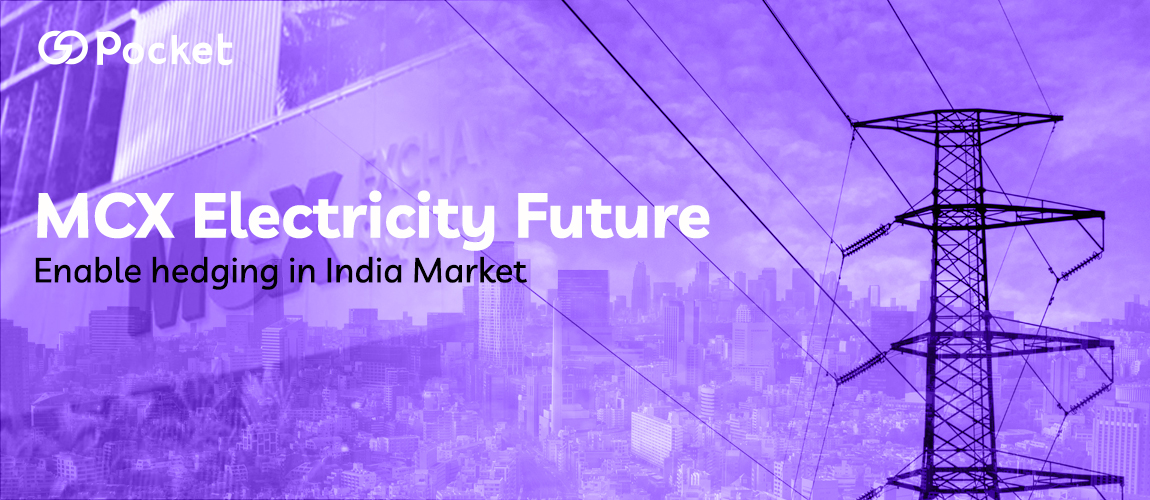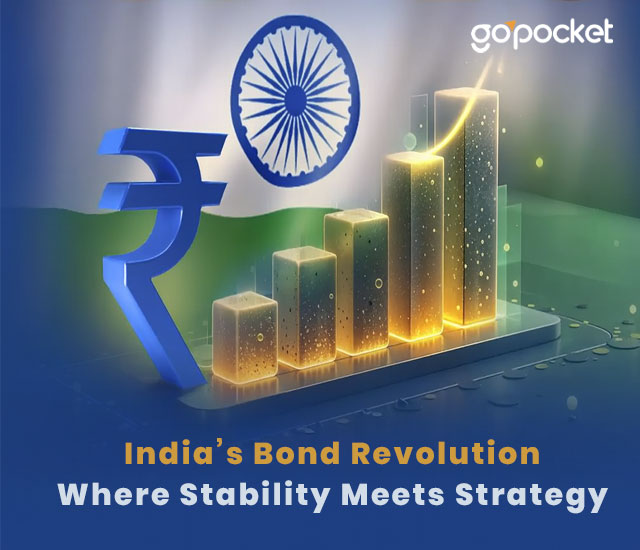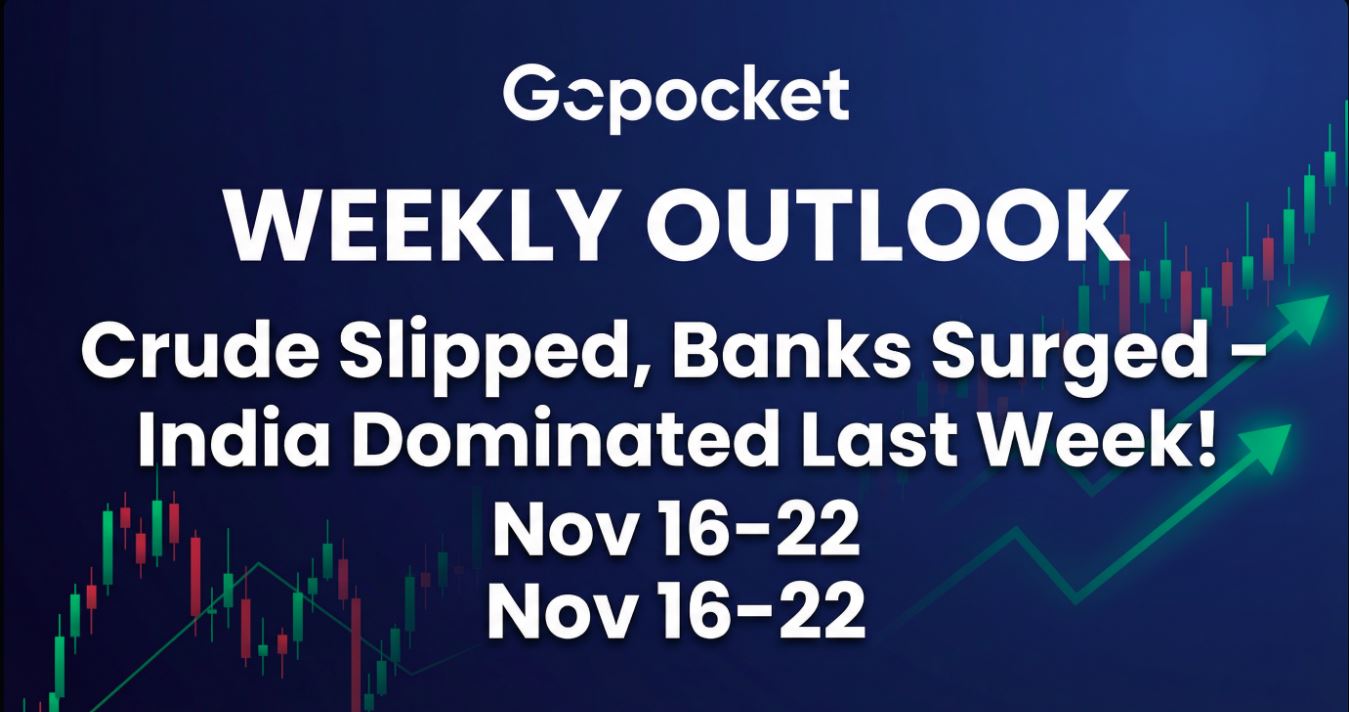
India’s power market is entering a whole new phase. In June 2025, SEBI (the market regulator) gave the green light for trading electricity futures on the MCX (Multi Commodity Exchange). Simply put, this means people can now trade electricity just like gold or oil, without needing to physically generate or consume it.
It is now a great opportunity creating exciting ways for power-companies, industries, traders and even investors to get their shield from price swings
WHY THIS IS A BIG DEAL
Electricity prices keep jumping around – Since electricity can’t be physical, its price keeps changing daily based on demand and supply. Sometimes, prices can shoot up or crash by more than 20%! This creates a lot of uncertainty for companies and even the government.
Now, traders own a best way to safeguard by trading, this 'Newbie' Electricity Futures on MCX - since buyers and sellers agree on electricity prices in advance.
Instead of worrying about rapid price increases, they can plan and place it well avoiding downturns. And the best part? You never needed to buy or sell electricity - it's all just settled in cash. Simple Smart and Safe
WHAT ARE ELECTRICITY FUTURES?
Electricity futures are standardized contracts to buy or sell electricity at a predetermined price at a future date, settled in cash—no actual energy delivery involved. MCX’s initial offering will include monthly base-load contracts, spanning the current month and up to three forward months, and would settle based on volume-weighted prices from day-ahead markets
• Each contract represents 1 MW continuously over a month (~722 hours).
• Minimum lots are typically ~50 MWh.
• Contracts settle in Indian rupees per MWh.
You can now trade MCX Electricity Futures during the usual trading hours with daily margining and volatility controls
WHO WILL BE BENEFITED?
1. POWER GENERATORS (IPPs)
By locking in a floor price through futures, IPPs gain financial stability and can hedge against sudden drops in spot prices.
2. DISTRIBUTION COMPANIES (DISCOMs)
With futures, DISCOMs can avoid inflated spot prices during peak demand, easing budget overruns and improving tariff planning
3. LARGE INDUSTRIAL CONSUMERS
Manufacturers can now protect themselves from rising electricity bills by locking in prices early—this helps them avoid surprises when demand suddenly goes up or fuel costs increase.
4. TRADERS & FINANCIAL INSTITUTIONS
They give traders and investors fresh opportunities to either protect their money or make profits from electricity price changes
5. RETAIL INVESTORS
If you have a demat account and a trading platform, even regular investors can now take part in the energy market—just make sure you understand the risks and trade smart.
LEARNING FROM GLOBAL EXAMPLES
India isn’t the first to introduce electricity trading. Countries like the United States already have active platforms where electricity prices can be traded, such as NYMEX and PJM, which help big power users manage their costs better.
In Europe, markets like Nord Pool and EEX offer long-term power deals—sometimes even linked with carbon credits. These systems have helped reduce wild price changes and made it easier for businesses to invest without worrying about future energy costs.
Also Read our blog on What are NCDs? A Beginner's Guide to Investing in NCD Bonds
MCX’S POSITION & WHY IT MATTERS
MCX tops the Indian commodity futures landscape – handling nearly 98% market share in FY 2024–25
Getting the green light from both SEBI (which oversees stock markets) and CERC (which looks after the power sector) shows that this isn’t just a trial run. With solid backing from the regulators, this new addition gives everyone - from individual traders to larger institutions—full of new possibilities waiting to be explored
Liquidity power: MCX’s scale can quickly draw participants, amplifying price discovery, and causing sharp stock rallies—MCX share price surged ~6–7% after approval
STRATEGIC IMPACTS ON THE MARKET
Improved price discovery: Futures create transparent pricing structures that reflect real market sentiment, reducing reliance on spot whims
Reduced volatility: Averaging prices over a contract period stabilizes spikes, protecting buyers and sellers alike.
Capital inflow: Predictable benchmarks help developers with financing and executing new renewable and conventional power plants.
WHAT’S NEXT? PRODUCT FEATURES & FUTURE ROADMAP
MCX is getting ready to roll out a new kind of electricity trade where contracts will span a full month. Instead of physically supplying electricity, these trades will be settled in cash depending on how prices moved in the market each day. NSE is also working on launching similar offerings soon, giving traders more choices across platforms.
Market engagement will ramp up in 2025, with several DISCOMs already registering interest. MCX and NSE are expected to introduce more variants as markets mature
CHALLENGES TO WATCH
New markets often face these initial hurdles:
• Liquidity constraints: Market depth may be thin initially.
• Awareness gap: Energy firms and institutional participants must learn how to use futures for actual hedging.
• Data quality: Robust historical pricing is critical for proper contract structuring and risk modeling.
• Regulatory alignment: Synchronizing CERC, SEBI, power exchanges, and financial institutions will be key
Even though these issues are real, the strong support from regulators and successful examples from other countries suggest that MCX is well-equipped to handle these early hurdles.
WHY THIS IS THE PERFECT TIME TO GET STARTED
The grid is changing. India’s drive toward electric vehicles, digital infrastructure, and renewables ramps up electricity demand and price unpredictability. Monthly futures provide timely, relevant risk instruments.
Retail access also improves. With standard margins and regulated systems, investors can participate in this emerging financial frontier—if they have a demat account to begin with.
READY TO STEP INTO THE POWER MARKET? GET STARTED LIKE THIS:
Understand the basics: These power contracts cover one month, and there's no physical supply involved. Your earnings depend on whether electricity prices go up or down during the contract duration
• Open the right trading account: Make sure your account supports commodity trading—GoPocket is a great place to start if you want something simple and reliable.
• Learn to manage risk: Futures can give big returns but also carry risk. It’s smart to use stop-loss orders and understand margins before jumping in.
• Start small and smart: If you're a business, consider hedging just part of your electricity use. If you're a trader, look for bigger trends in the energy market.
• Stay in the loop: Keep an eye on updates from MCX, IEX, and regulatory bodies like SEBI and CERC so you're always aware of what's changing in the power market
Want an easy way to get started with electricity trading?
Thousands of new and experienced traders trust GoPocket for a smooth, beginner-friendly experience. Just a few clicks, and you're ready to trade electricity futures on MCX as soon as they go live.

SUMMARY - WHY MCX ELECTRICITY FUTURES MATTER
The launch of electricity futures on MCX is a real boon for India’s energy market—bringing more control, transparency, and new earning opportunities. It’s not just a new product—it’s a new way for different players in the energy space to take control of their costs and opportunities.
• Power producers and distributors (like DISCOMs) can now protect themselves from unpredictable electricity prices.
• Traders and investors have a new tool to potentially earn from price movements in the power sector.
• Businesses can plan the best by reducing the risk of rapid energy rate hikes.
• The entire market stands to gain from improved price transparency, more data, and better planning tools.
• From big businesses to everyday investors, this new opportunity in electricity futures has something valuable for everyone
If you want to get in early, now’s the time to prepare. Once the contracts go live, you'll want to be ready to trade—and platforms like GoPocket make that easier than ever.
"Investments in securities market are subject to market risks. Read all the related documents carefully before investing."
What's Trending
September 15, 2023
November 19, 2025
October 28, 2025
May 6, 2024
Recent Blog
Open Your Demat Account in Under 5 Minutes
Have any queries? Get support
Blog
Recent Blogs

Open your GoPocket Account within 5 minutes.
Have any queries?





.jpg)




.jpg)



